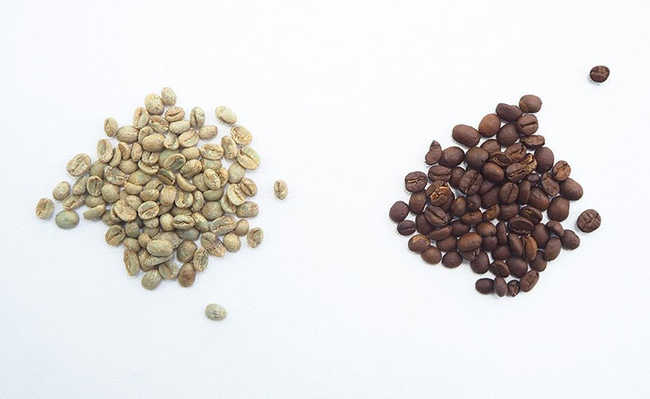Know the insects you will eat in the future
In addition to being a source of protein, edible insects have a more sustainable production than meat

With the exponential increase in the world population, which is reaching the number of 8 billion people, according to the UN, it will become increasingly difficult to feed everyone. Food shortages could worsen further, mainly because of unequal distribution of goods and uncontrolled production. It is a very likely trend that there will be an increase in food problems.
So a growing number of experts say we will have no choice but to eat insects. Following this trend, a group of students at McGill University in Montreal won the 2013 Hult Prize for producing a protein-rich flour made from insects. The award gives students $1 million so they can continue the project. In addition, there is a study that indicates that insect production is more sustainable than meat production (see more here).
While this has not yet become a reality, the eCycle shows you some of the edible insects that may perhaps be on your plate in the future:
mopane caterpillar
The larval stage of emperor moths ( Imbrasia belina ) is commonly consumed throughout southern Africa. Harvesting these caterpillars represents a million dollar industry in the region, where women and children often do the work of gathering the small insects. They are traditionally boiled in salted water and then sun-dried and can last for several months without refrigeration. In this way, they become an important source of nutrition in difficult times. Potassium, sodium, calcium, phosphorus, magnesium, zinc, manganese and copper are present in the insect. According to the FAO, caterpillar larvae are more nutritious than meat - the iron content of meat is 6 mg per 100 grams, while caterpillars have 31 mg iron per 100 grams;
corn locust
It is classified in the Sphenarium genus and is widely consumed throughout southern Mexico. It is often served roasted and seasoned with garlic, lemon juice and salt, pepper or guacamole. Researchers have found that harvesting these locusts is a good alternative to applying pesticides to alfalfa fields and other crops. In doing so, they not only eliminate the environmental hazards of pesticides, but also give the local population an extra source of nutrition;
Witchetty grub
This is a term used in Australia to designate edible larvae of various moths - they are a traditional staple food for the Australian Aborigines. The name applies especially to the moth Endoxyla leucomochla. When the larvae are eaten raw, they taste like almonds, and when lightly cooked over the coals, the insects' skin becomes crunchier, with an internal texture similar to that of roasted chicken. The larvae are collected from underground, where they feed from the roots of local trees;
termites
South America and Africa are the continents that use termites as food and enjoy the rich nutritional quality of these insects. They can be fried, sun-dried and even heated in banana leaves. Termites generally have up to 38% protein in their bodies (a Venezuelan species called Syntermes aculeosus has 64% protein). They are also rich in iron, calcium and amino acids;
Beetle (Rhynchophorus ferrugineus - photo at the top of the page)
Known as the red beetle, this beetle is a delicacy among many African tribes and is collected on the outside of the trunks of palm trees. It is about 10 cm long and 5 cm wide. Although they can also be eaten raw, it is a custom among tribes for African tribes to cook them. According to a 2011 report from the Journal of Insect Science, this beetle is an excellent source of nutrients (potassium, zinc, iron, phosphorus), as well as various amino acids and monounsaturated and polyunsaturated fatty acids;
bed bugs
Consumed throughout Asia, South America and Africa, this type of insect is a rich source of important nutrients such as protein, iron, potassium and phosphorus. They cannot be eaten raw unless the head is removed, discarding their toxin-producing secretions. But they can be roasted, soaked in water, or sun-dried;
Flour larvae
beetle larvaeTenebrius molitor are one of the few consumed in the western world. Beetles are bred in the Netherlands for human and animal consumption as they grow best in temperate climates. These larvae are rich in copper, sodium, potassium, iron, zinc and selenium. They are also comparable to meat in terms of protein content, but they have a higher number of polyunsaturated fats.
It is always good to remember that insects are also animals and there are groups of activists who reject the consumption of insects as food. If you want to know more about vegetarianism, click here.










